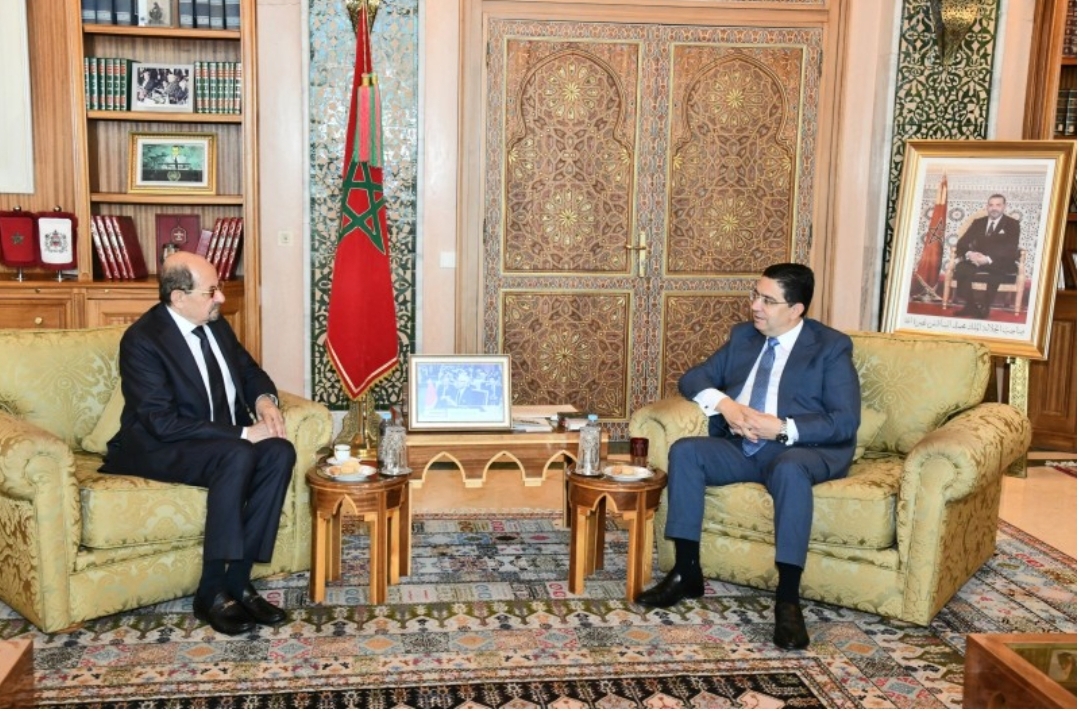Assahafa.com
Morocco’s aviation manufacturing sector is concluding 2024 with unprecedented growth, as exports surged 17.3% to reach MAD 21.86 billion ($2.1 billion) in the first ten months, surpassing the entire previous year’s record of MAD 21.85 billion.
The North African country has solidified its position as Africa’s primary aviation equipment and spare parts manufacturer, ranking fifth globally among the most dynamic countries in the aviation sector, according to Afaf Saïdi, Director of Aviation, Railway, Naval Industries and Renewable Energies at the Ministry of Industry and Trade.
“Morocco has become the main source of equipment and spare parts at the African level after just twenty years of launching its first initiative in this sector,” Saïdi told the Moroccan News Agency. “This exceptional performance not only demonstrates the resilience of our national aviation industry but also reflects its ability to adapt to global market momentum.”
The sector currently employs 21,000 skilled workers across 142 companies, with a local integration rate exceeding 40%. Industry Minister Riyad Mzour announced in July that Morocco aims to double the sector’s employment by 2030.
This year marked several significant developments for Morocco’s aviation industry. The country hosted the Morocco Air Show 2024 in Marrakech, which facilitated new strategic partnerships with industry giants Boeing and Airbus.
A major milestone was the inauguration of Safran’s $300 million aircraft engine manufacturing facility in Casablanca, expected to create hundreds of jobs and facilitate advanced technology transfer.
‘Adopting a proactive approach’
Other major manufacturers including Bombardier, Stelia, and Aerospace have expanded their investments in the country through new facilities and expansions of existing sites. These initiatives aim to meet growing demand from major aviation companies for high-quality components while contributing to local economic growth.
The government has developed specialized industrial zones for aviation manufacturing, including the Midparc zone, which offers modern infrastructure, ready-to-use land, and tax incentives. The Tanger Med Port plays a pivotal role in supporting the sector’s growth through export operations.
“We are adopting a proactive approach to ensure our aviation industry aligns with rapid global developments,” Saïdi explained. “Innovation is at the core of our priorities, with special focus on environmentally friendly technologies and reducing carbon footprint, strengthening the kingdom’s position as a competitive and sustainable industrial platform.”
The sector’s growth in 2024 represents a significant improvement from 2023’s modest 2.4% increase in exports. This expansion is attributed to strong global demand and product diversification, encompassing spare parts and complete equipment for major aviation manufacturers.
Looking ahead, Morocco’s aviation sector is positioning itself for further expansion through new ecosystem development, implementation of more complex projects, and addressing challenges in digital transformation, decarbonization, and technological innovation, while leveraging the talents of young Moroccan professionals.
Source: Morocco word news













